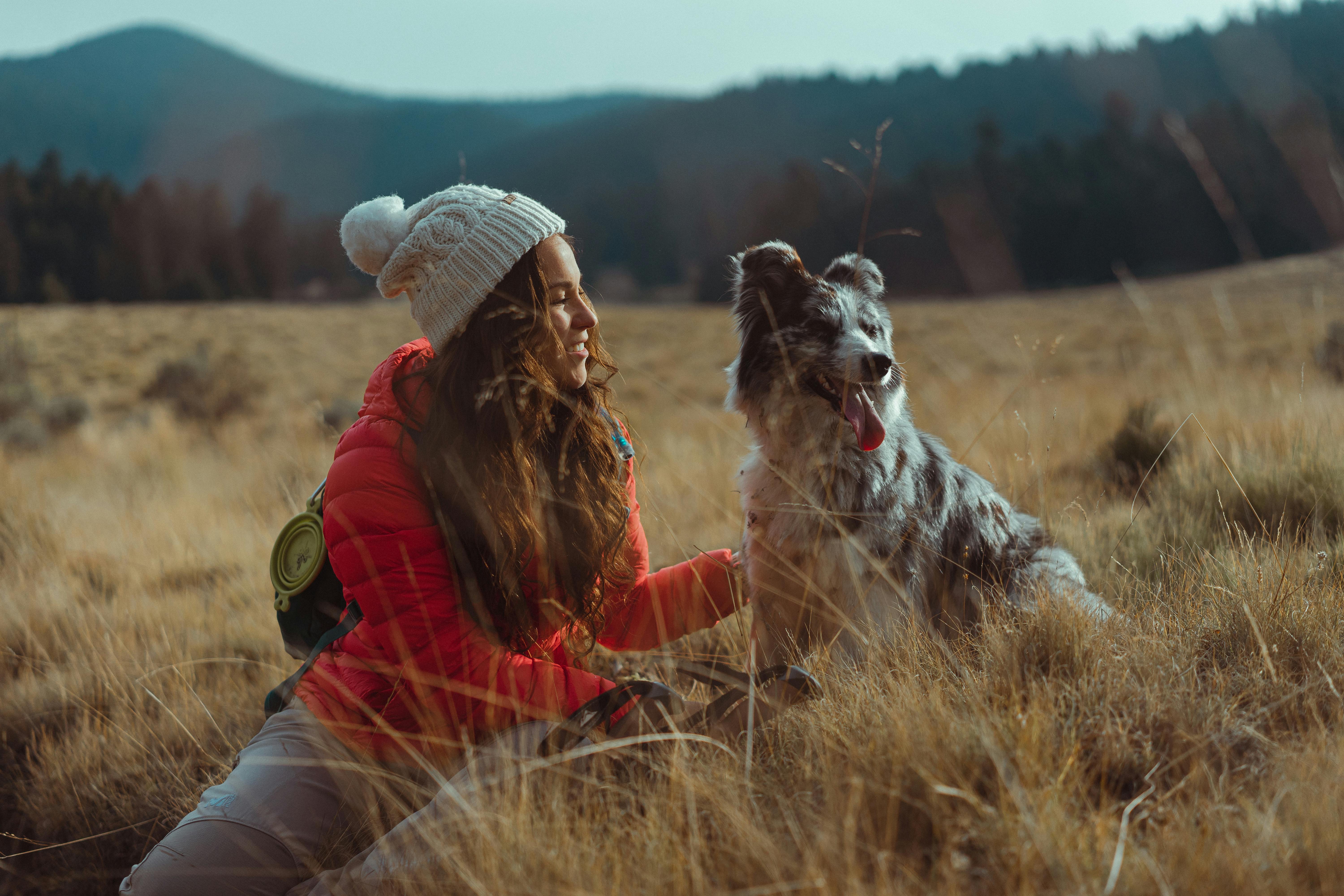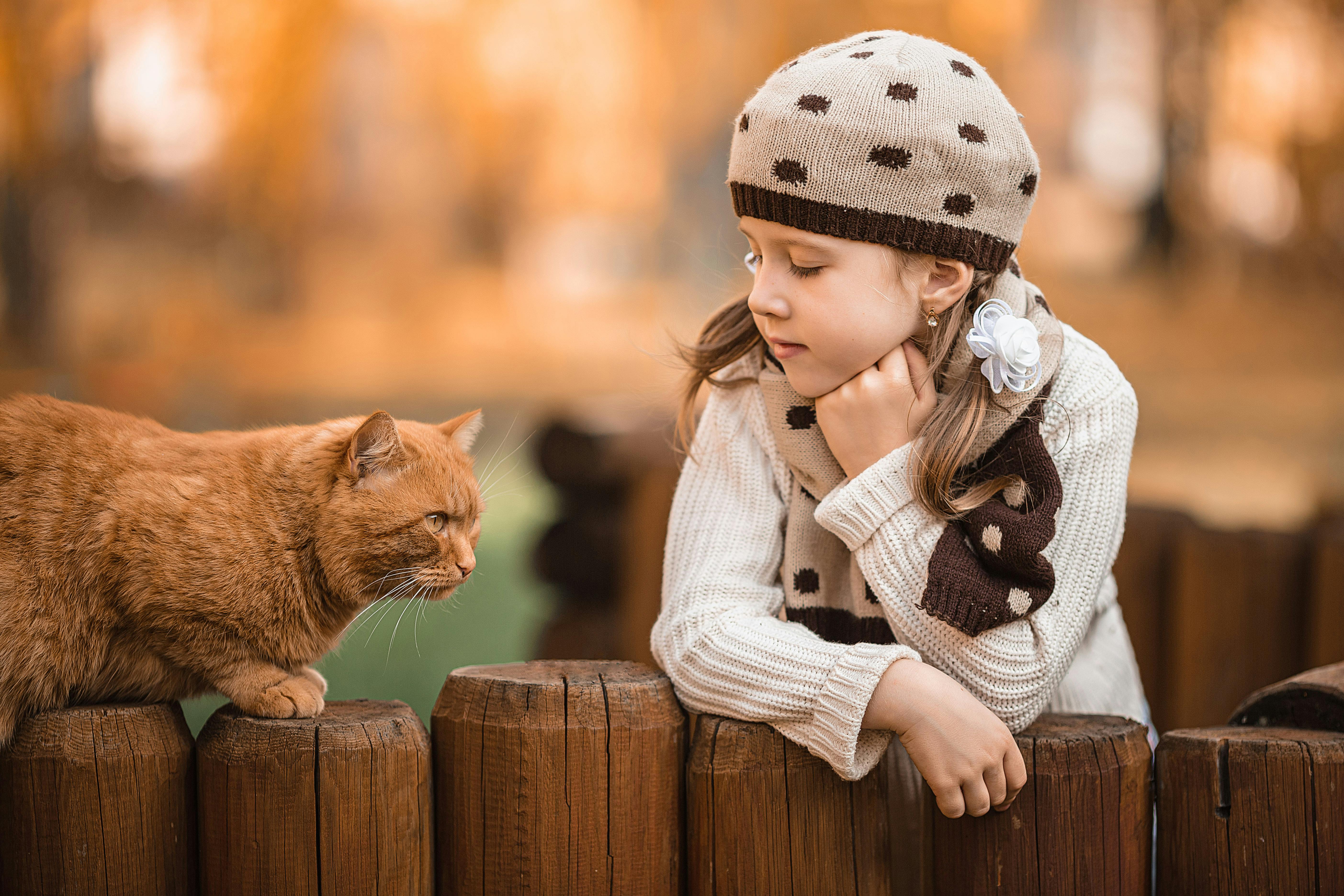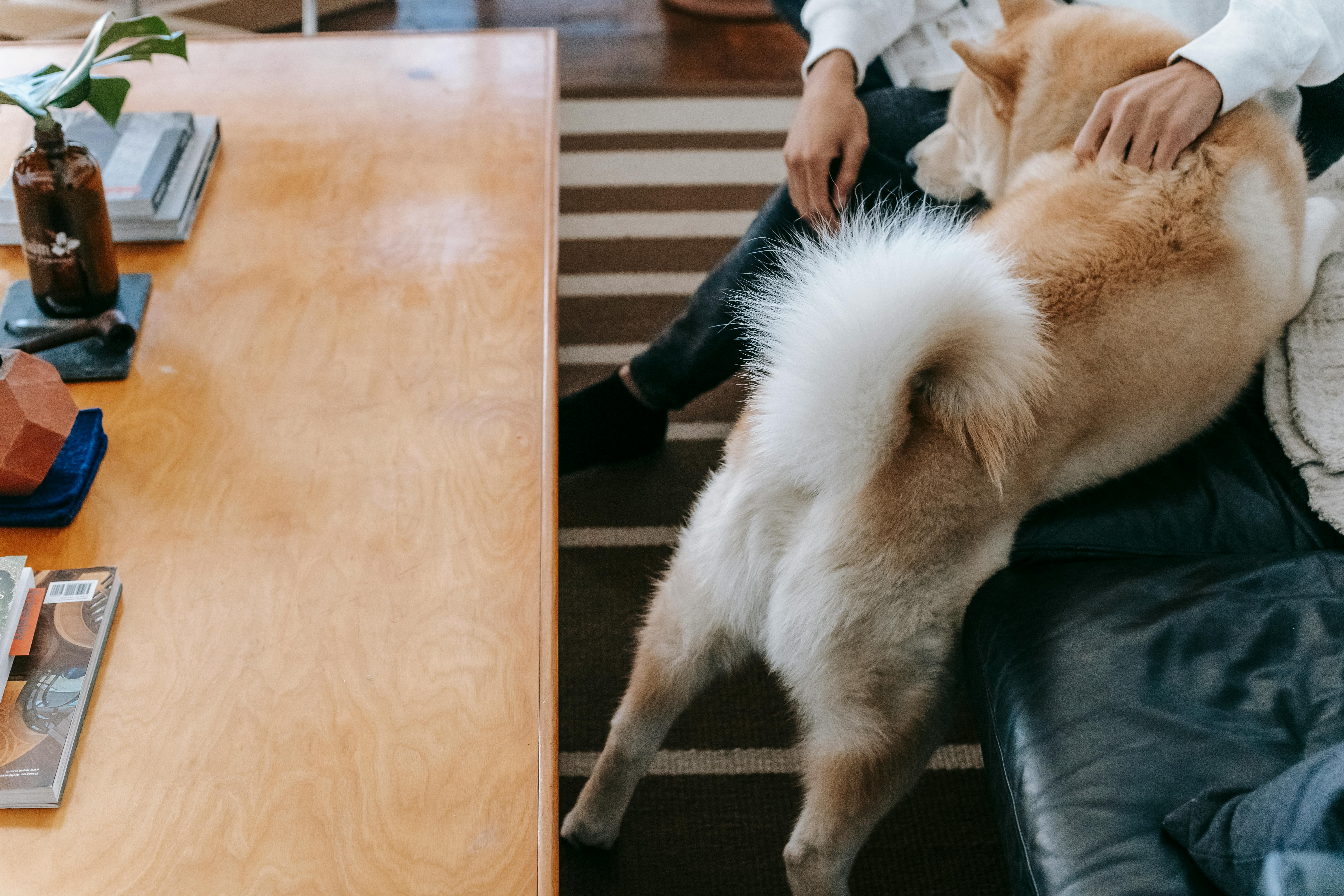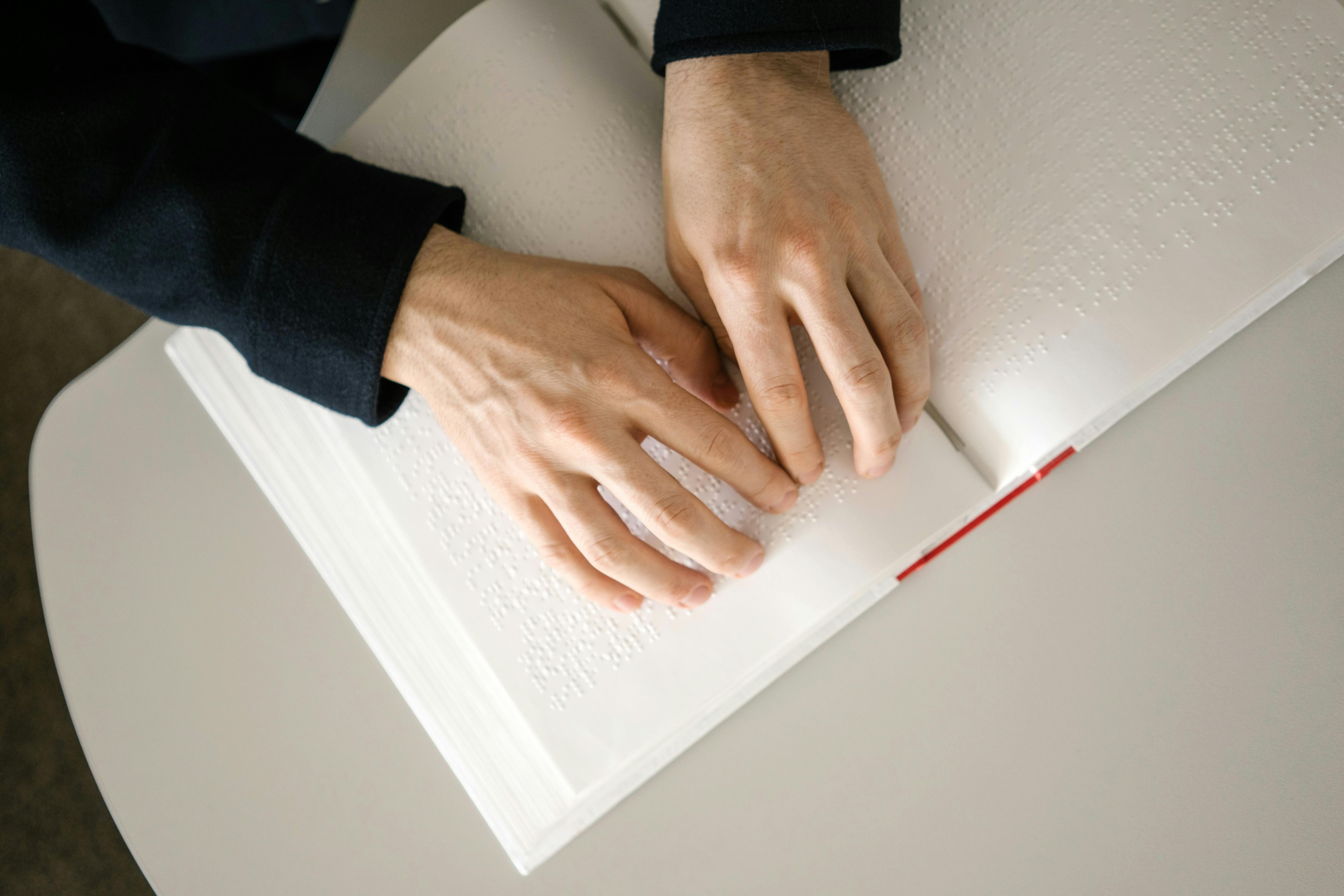How to Manage Your Pet’s Separation Anxiety
Do you have to travel for work or to see family?
There are so many things to consider before you leave home for a vacation, a convention, a night out, or…
…and, if you’re leaving a four-legged companion behind, you have a few extra considerations.
Imagine if you simply left your young children alone without knowing where they were going to disappear, when they would return, or who would care for them while you were gone.
There are no instructions on what to do, or not to do, or how to contact you for help if they need it.
He just left, not sure that his needs, questions, and concerns were met.
Not good.
If you do that to your furry family member, they could experience separation anxiety, leading to bad behavior and health problems.
But separation anxiety in pets is manageable and avoidable if you take the right approach.
It doesn’t even have to be a trip. It may be a change in your daily routine, such as going to the office, then working from home for several weeks, and then going back to the office.
Consider changing your routines without talking to your pet about it is like changing your shift rotation and not telling your husband and kids!
Pets, like the human loved ones in your life, deserve to be ‘kept in the loop’.
They are trusting you, and when you change your patterns and habits without warning or proper provision for them, they should try to change with you.
Unfortunately, your coping mechanisms may be more destructive than those your family could employ…
Preventing separation anxiety in pets requires thought and care
You are your dog’s entire world…anxiety can affect him much more than other, more independent-minded pets.
And while cats try to sell themselves as aloof and uninterested unless you’ve filled the food bowl or cleaned the litter box, they also care about your schedule.
You may think that housing your horse on a farm across town is a better option than your small paddock due to the space to roam and the company of other horses… but they have become accustomed to a certain daily pattern.
You are part of his flock. Their time apart from you can be stressful if they don’t know what is happening or why, or if they have questions or concerns.
I’m not suggesting that you can never change things in your routines, or leave your pet with a sitter or in a kennel…but they do need to be told what’s going on and why.
Treat your pet like someone who deserves to know what you know
Separation anxiety in pets arises when your pet feels like they’ve been left in the dark. So before you make any changes to your schedule, permanent or temporary, be sure to give them the details.
That means you have to tell them:
- what to expect
- when things will happen
- who is involved
- what you need from them
- How do you want them to behave?
- How long will you be gone or how long will this change last?
- Whether they are in a kennel or cared for at home
- when you come back
Giving your pet the courtesy of an explanation of how his environment or patterns will change will prevent separation anxiety…and side effects.
Is your pet suffering from the stress of separation anxiety?
If you have a good relationship with your pet, you will be calm and content as you prepare for the change in your routines.
But, if you haven’t taken the time to communicate with them about your shared experiences, they will show some very clear signs that they are anticipating something bad to happen.
1. Gasps, zoomies, peeing in all the wrong places.
Dogs will cool off after a good workout by panting. And zoomies can be a sign that your pet is feeling happy and carefree.
But do you constantly pant, even though your home is a comfortable temperature?
Are they bouncing off the walls and furniture…every time you walk into the room?
Have they thrown the food by the door or chosen a new bathroom that isn’t the litter box or patio? Maybe your closet, your pillow or behind the sofa?
Many of these behaviors may be signs of an underlying medical condition, such as possible heart failure or infection.
Of course, take them to a vet if things like bladder control or vomiting are a problem.
But then take a big step back and assess what your pet might be trying to tell you if you’re in the midst of a big life change.
2. Going completely dumb.
Resist the urge to think, “Wow, I can’t believe the dog has been lying still for so long. It’s great that he’s so disciplined.”
If you’re trying to identify separation anxiety in pets, total stillness isn’t necessarily a sign of calm…
It may be that your pet has ‘shut down’ and is frozen in anxiety.
They are trying to reboot themselves. Their apparent good posture and attentiveness may be a sign that they are feeling extremely scared. They are not sure how to deal with their fear.
Like a deer in the headlights, they are trying to process the situation and don’t want to move until they have a plan of action.
3. Full of Tasmanian devil.
Your anxious pet feels left out and instead of retreating, goes on the offensive in an effort to get your attention.
Suddenly they start shredding furniture, stealing food from the kitchen counter, randomly barking at people passing by the house.
You’re worried about changes in your life, and this kind of misbehavior can lead you to conclude that you suddenly have a bad pet.
The anger you start to feel simply creates a negative feedback loop.
Your pet was already anxious, and now his human is angry…it’s a negative downward spiral into a nasty rabbit hole that can be hard to get out of.
Learning to communicate effectively with animals can relieve their stress…and yours
There is no need for either of you to feel anxious about your time apart.
Dogs, especially, are highly social pack animals. If you’ve found a good boarding or daycare place for them to spend their time while you’re at work or on vacation, they’ll jump out of your car to run to the kennel.
And when you return to pick them up, they will be just as happy to greet you and get back in your car with the same enthusiasm and confidence to go home.
It doesn’t matter if it’s your dog, cat, horse or bird, the key is communication.
It doesn’t take long for a pet to tune in to your sense of well-being. And…while it may seem wrong, they really want to ease their stress and pain.
They expect you to pick up on the signals they send when they too are feeling anxious or in pain.
Advice to the wise: don’t let them down when they need you most.
Whether you consult a pet communicator, invest time learning to talk to animals yourself, or simply make an effort to read your pet’s cues more intently, you’ll have a richer relationship.









